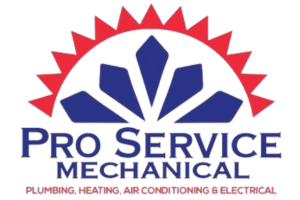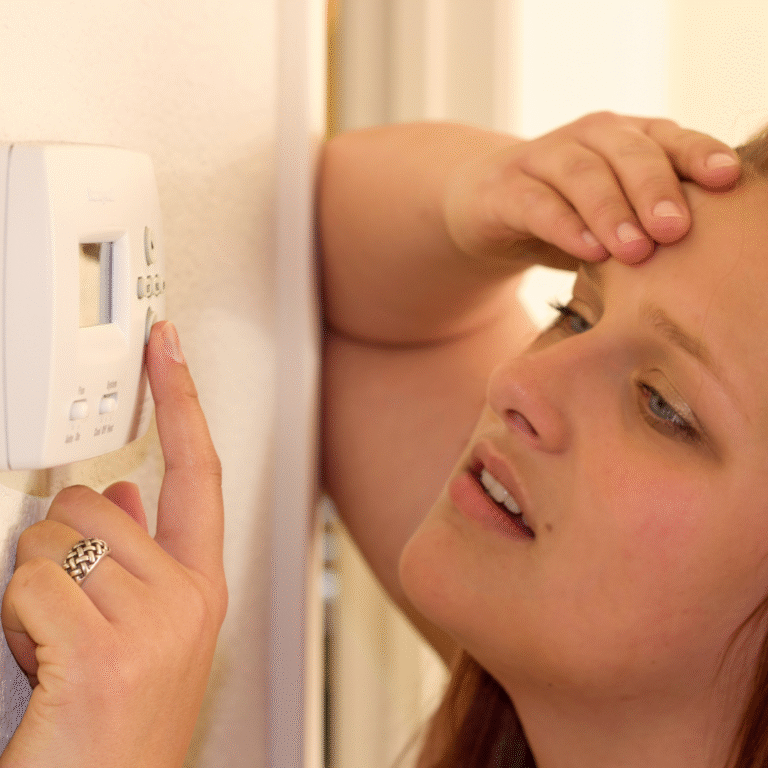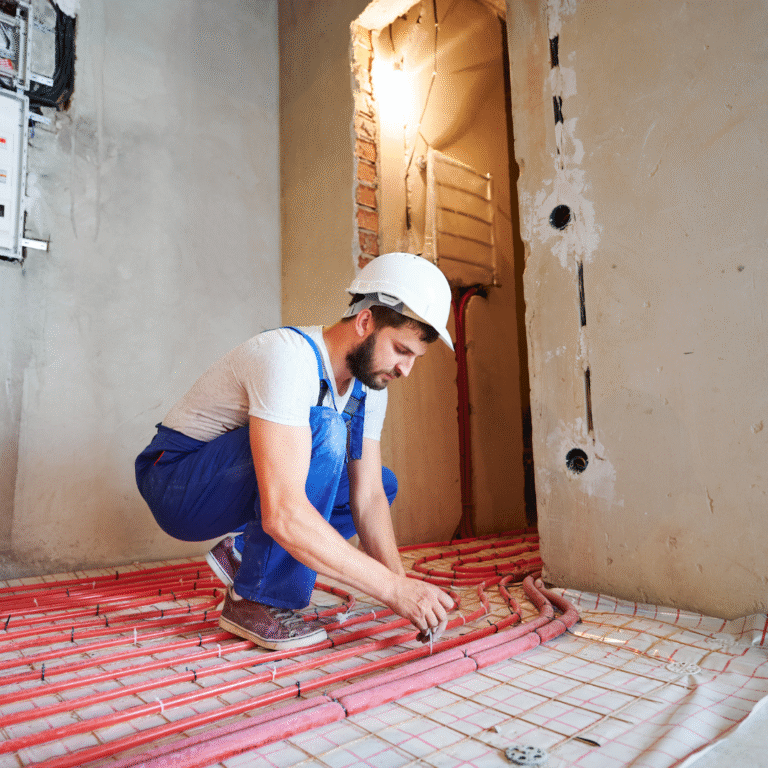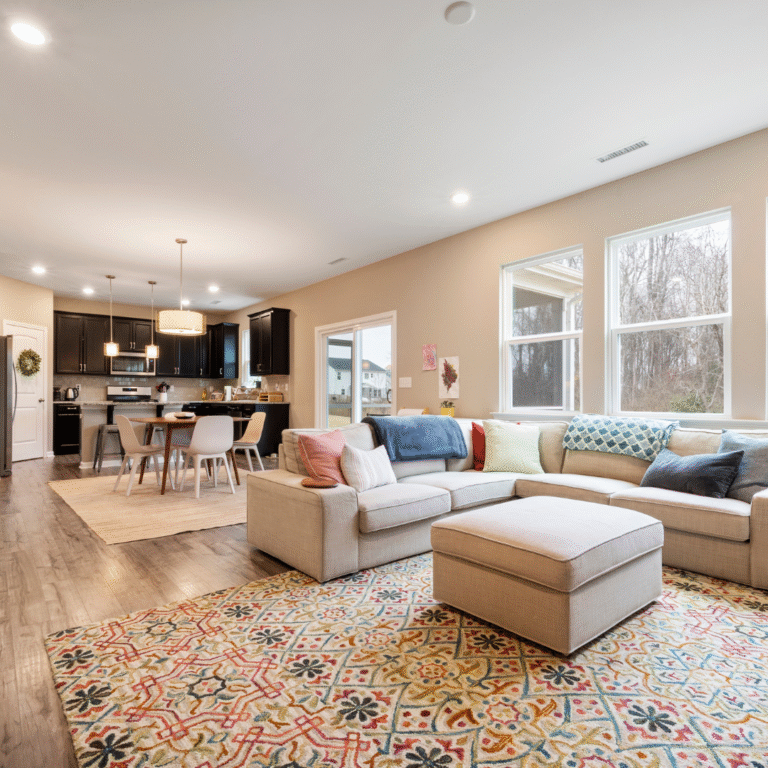Furnace Saskatoon, Why are My Windows Sweating After My New Furnace Install?
by Ben Wanner of Pro Service Mechanical
Many of us are installing new high efficiency furnaces in our homes with a power vented or tank-less water heater. This is often a great advantage for homeowners who can now remove the chimney chase in the home and add more room in a bathroom or open up a floor plan. This is of course helping with the heating efficiency of our house as well. There is no longer air from our house going up the chimney all winter, never mind the efficiency of these new heating products we have installed. Sounds great right? Well it is great and we are going in the right direction, but there is something that many homeowners and heating contractors fail to consider. That old chimney was actually ventilating our house! If our house is not leaking a lot of air naturally and we significantly reduce the amount of ventilation by retrofitting our heating equipment we can cause some issues. So what happens?
If we think of the air outside in the winter as being dense, then we can understand that it can not hold much moisture and is therefore dry. When we exhaust air up the chimney in our home, it brings in cold dry air from outside. Now let’s assume we are bringing in very little outside air into the house in the winter because we have removed our chimney when changing the furnace and have fixed those drafts and leaks around doors, windows, outlets etc. Now we go ahead and have showers, wash clothes, dishes etc. We start generating a lot of moisture. Even just breathing can generate liters of water an hour. We have heated the air inside of our house in the winter to room temperature so now it can hold a lot of moisture. (Warm air is less dense than cold air and can hold more moisture, the term “relative humidity” describes this.)
So now if you imagine the air in our house getting to 50 or 60% relative humidity and it touches a cold surface like a window in the winter, it is going to make that house air get very cold and the moisture in that air will get to 100% relative humidity very quickly and condense. Now we have water and ice on our windows.
Now what can be a real concern is that this same house air with all that moisture could be getting into our attic and walls, around the hatch, light fixtures, electrical outlets etc. You can imagine that condensation and frost in our walls and attics could cause some issues like mould and moisture damage.
These moisture problems are really just one sign or symptom of static indoor air. The other big problem is that if we don’t adequately ventilate our home, the indoor air quality plummets. The air in our home is often 5 times more polluted than the air outside. So what do we do now, open a window? Should we run our bathroom fans all day and waste all that heat? There is a better option…..
A Heat Recovery Ventilator or HRV can adequately ventilate your home while saving energy. It works by exhausting stale indoor air out of the house and at the same time transferring the heat from that air to the fresh air coming in.
These systems are also balanced so they do not cause air to be pushed into the walls or attic or to be pulled in from outside. We can now keep our humidity under control, keep our indoor air healthy and not waste the heat from the air. In some cases an HRV can reclaim up to 80% of the heat from the air it exhausts outside. Many people who have this installed in my experience, notice right away that their indoor air quality is better than ever.
If you are having any problems or concerns with high humidity or stale indoor air in your home we can help. Contact the pros at Pro Service for all your heating, ventilation and air conditioning needs. Contact us
Save
Save
Save
Save
Save
Save
Save
Save
Save










